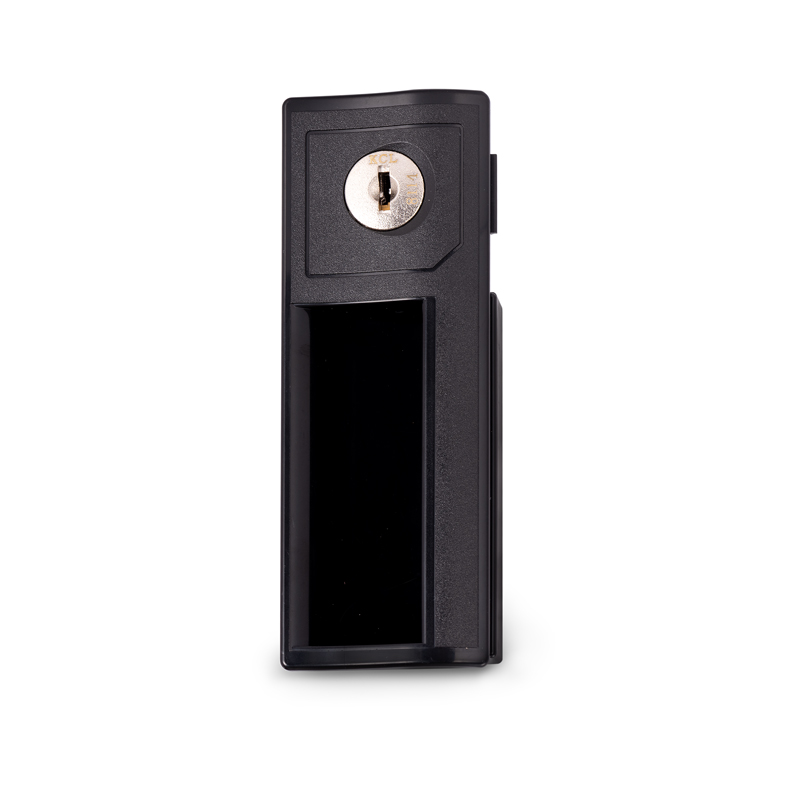The performance of a sliding door lock in various weather conditions, especially extreme temperatures or high humidity, can be crucial for its effectiveness and durability. Here are some aspects to consider:
Corrosion Resistance: Extreme humidity levels, often accompanied by salt in coastal areas, pose a significant threat to the longevity of sliding door locks. Marine-grade stainless steel, renowned for its exceptional corrosion resistance, is a prime choice for components exposed to these conditions. Alternatively, locks featuring corrosion-resistant coatings such as electroplated zinc or durable powder coatings offer added protection against rust and degradation. Implementing a regular maintenance schedule, including thorough cleaning and the application of corrosion inhibitors, can further fortify the lock's defense against atmospheric moisture and salt spray.
Thermal Expansion: In regions experiencing wide temperature fluctuations, from scorching summers to frigid winters, the material composition of sliding door locks becomes paramount. Certain alloys, such as aluminum with its relatively low coefficient of thermal expansion, mitigate the risk of dimensional changes due to temperature variations. Engineering polymers like nylon or polyethylene, prized for their thermal stability, maintain consistent performance across a broad temperature range.
Sealing Mechanisms: Effective sealing mechanisms are pivotal in safeguarding sliding door locks against moisture intrusion, a common consequence of high humidity levels. Silicone seals, renowned for their elasticity and resilience to environmental stressors, form a formidable barrier against water ingress when integrated into the lock's design. Complementing these seals with strategically placed drainage channels and moisture-absorbent materials within the lock housing enhances moisture management and prevents the accumulation of condensation. Advanced sealing techniques such as vacuum impregnation or potting sealants provide an additional layer of protection, shielding sensitive internal components from corrosive moisture exposure.
Smooth Operation: Extreme temperatures can wreak havoc on the lubricants used within sliding door locks, causing viscosity changes that impede smooth operation. To counteract this, manufacturers employ specialized lubricants engineered to maintain optimal viscosity over a wide temperature range. Synthetic lubricants, formulated with high-performance additives to withstand temperature extremes, ensure consistent lubrication and effortless operation of moving parts. Incorporating self-lubricating materials, such as PTFE (polytetrafluoroethylene) or molybdenum disulfide coatings, further reduces friction and wear, prolonging the lock's service life in harsh environmental conditions.
Material Selection: The material selection process for sliding door locks involves a meticulous assessment of each material's mechanical properties, chemical resistance, and environmental compatibility. Fiberglass-reinforced polymers, prized for their exceptional strength-to-weight ratio and resistance to corrosion and UV degradation, offer a compelling alternative to traditional metal alloys in humid or corrosive environments. Similarly, ceramic-based composites, renowned for their outstanding wear resistance and thermal stability, exhibit remarkable durability under harsh weather conditions.



 English
English 中文简体
中文简体
















